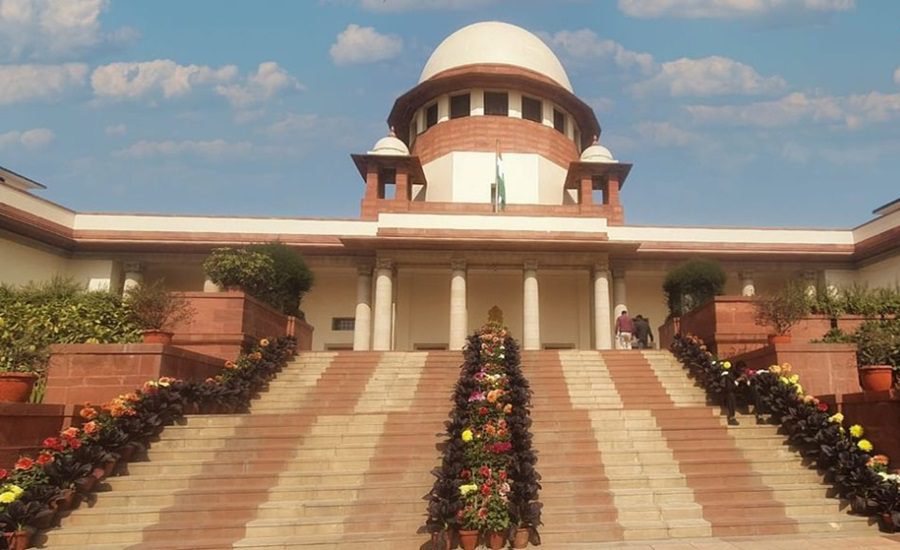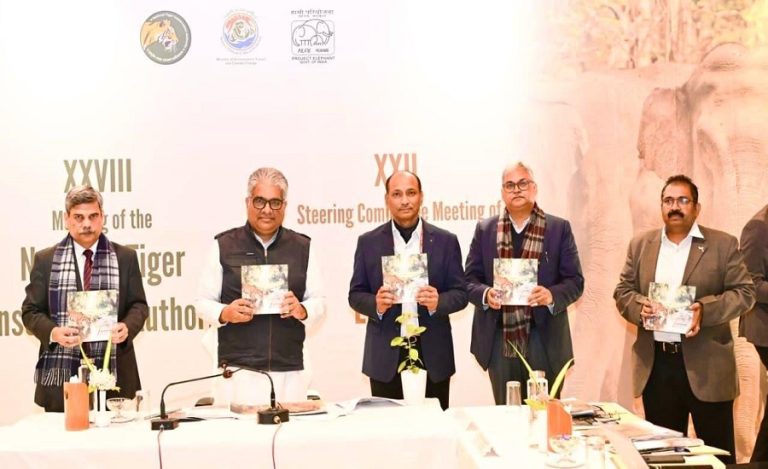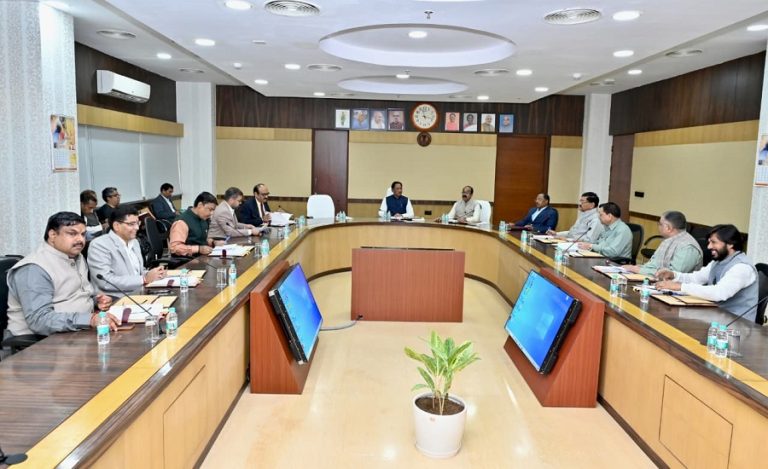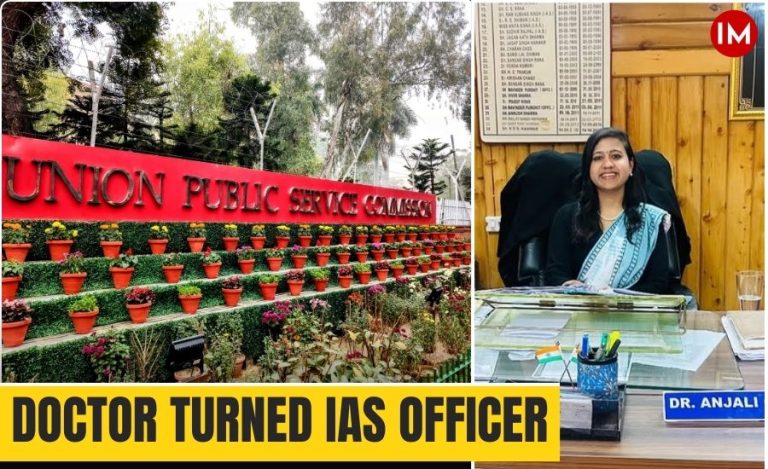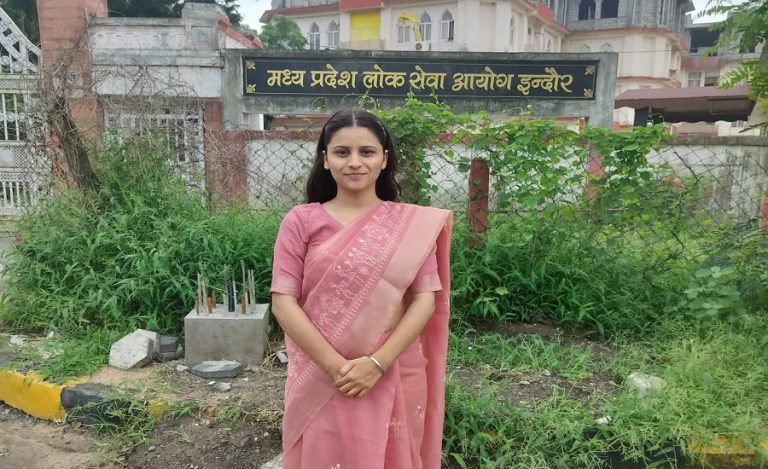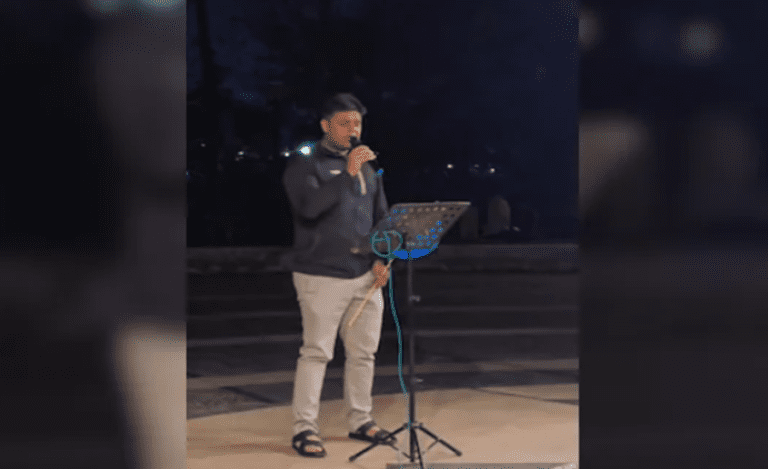In a move aimed at addressing the significant backlog of pending cases in high courts, the Supreme Court has decided to reappoint retired judges as ad hoc judges to serve on high court benches. This decision was initiated by a bench led by Chief Justice Sanjiv Khanna, following approval from the Union government. The reappointment process will involve up to five retired judges being appointed to each High Court, with the goal of tackling the 62 lakh pending cases.
This plan will be executed under Article 224A of the Constitution, a provision that has only been invoked three times in the last 75 years. The retired judges, once reappointed, will enjoy all judicial powers and privileges similar to sitting High Court judges but will not be considered full-fledged judges. As a result, they will not participate in the administrative workings of the High Court nor lead a division bench.
High Court collegiums will recommend names of retired judges to the Supreme Court collegium, which will then select individuals for reappointment. These ad hoc judges will be assigned to specific purposes or for fixed tenures.
A bench comprising Chief Justice Sanjiv Khanna, Justice B R Gavai, and Justice Surya Kant clarified that these retired judges would serve on a bench alongside a sitting High Court judge and that no new cases would be heard by benches that include an ad hoc judge.
The primary aim of this initiative is to reduce the backlog of over 62 lakh cases pending in high courts, of which 18.2 lakh are criminal cases and 44 lakh are civil. The Allahabad High Court, with the highest case pendency of more than 11.5 lakh cases, is functioning at only 50% capacity. Other High Courts with significant backlogs include Bombay (6.5 lakh), Calcutta (2 lakh), Madras (5.2 lakh), Delhi (1.3 lakh), Punjab and Haryana (4.3 lakh), and Karnataka (3 lakh).

